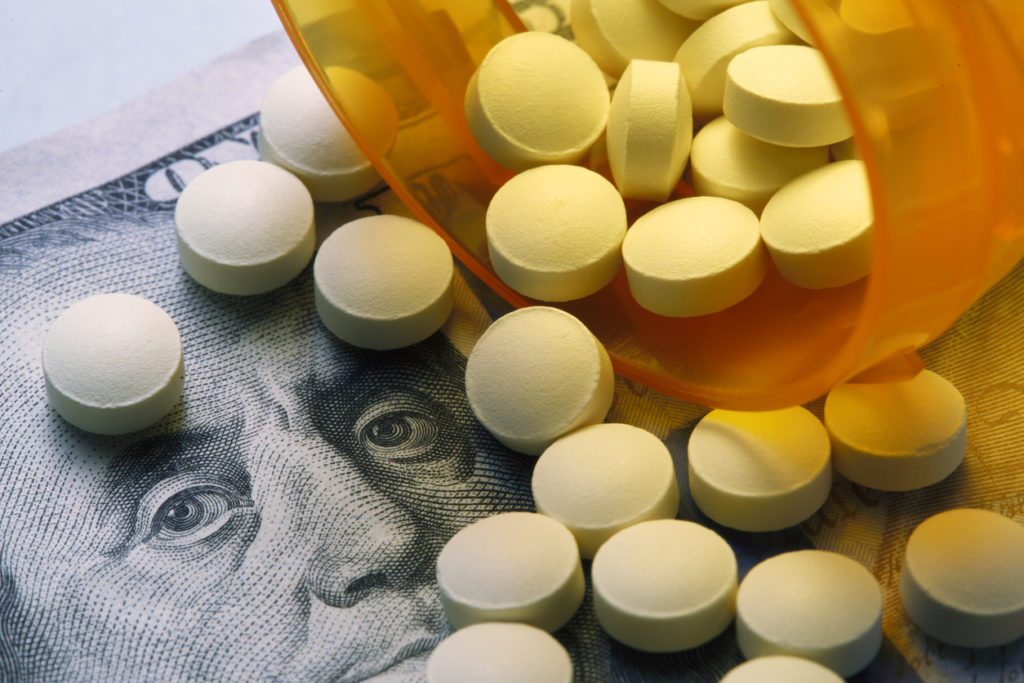Under the Affordable Care Act, group health insurance costs have been rising at a much slower rate than they had during the decade preceding its passage.
In fact, the rate of annual premium growth in the group market has hovered around 5% – more than half of what it was between 2001 and 2010. Also, health care’s share of the national economy actually fell from 17.4% in 2010 to 17.2% by 2013. However, that trend hasn’t lasted and in 2016 the share was 17.9%.
There has been a lot of debate about why rates have been increasing and some pundits say that if it were not for spiraling pharmaceutical costs, the rate of health insurance inflation would be lower.
While the drug industry would deny pharmaceutical costs are what’s driving health care cost inflation, the numbers show otherwise, according to an analysis by Modern Healthcare, an industry trade publication.
Here are the figures that drive home the point. Between 2013 and 2016, personal health care consumption rose 16.7%, according to the Centers for Medicare & Medicaid Services (CMS). This is what was driving that inflation:
- Hospital spending: Up 15.5%
- Professional services (mostly physician office-based care): Up 16%
- Drug spending: Up 23.9%
Source: CMS
For 2018 group health plans, the inflation components of the three main areas could not be starker:
- Hospital costs: 6.1% (from 2017)
- Physician costs: 4.3%
- Pharmaceuticals: 10.9%
Source: Segal Company
The situation may actually be worse than the numbers hint at. Retail drug sales don’t include the most expensive medicines – those delivered in hospital outpatient and physician offices. The CMS doesn’t track that data separately, but one can get a glimpse of what’s happening by examining the latest financial reports from major hospital systems.
Controlling drug costs
Prescription drug costs now account for about 17% of total U.S. healthcare spending and were the fastest rising component of that spending over the past year.
Drug costs have been difficult for health care providers and the insurance industry to tackle.
The pharmaceutical industry has been able to fend off government efforts to counter price hikes. It successfully lobbied Congress in 2003 to bar Medicare from negotiating prices in the new Part D program.
The industry has been aided by opposition from physician and patient advocacy groups, who fear that cost-benefit calculations will be used to cut them off from high-priced but effective medicines.
Benefits consulting firm Segal Company asked managed care organizations, health insurers, pharmacy benefit managers and third-party administrators to rank the cost-management strategies implemented by group health plans in 2017. Here are the top five:
-
- Using specialty pharmacy management– This focuses on controlling costs of specialty drugs, many of which cost more than an annual health premium for a year’s worth of dosing.
- Intensifying pharmacy management programs– This includes negotiating better pricing for commonly used drugs.
- Contracting with value-based providers.
- Increasing financial incentives in wellness plans.
- Adopting high-deductible health plans.
These strategies show plan sponsors are looking to drive utilization to high-quality, low-cost providers in lieu of simply passing the costs on to their employees.

